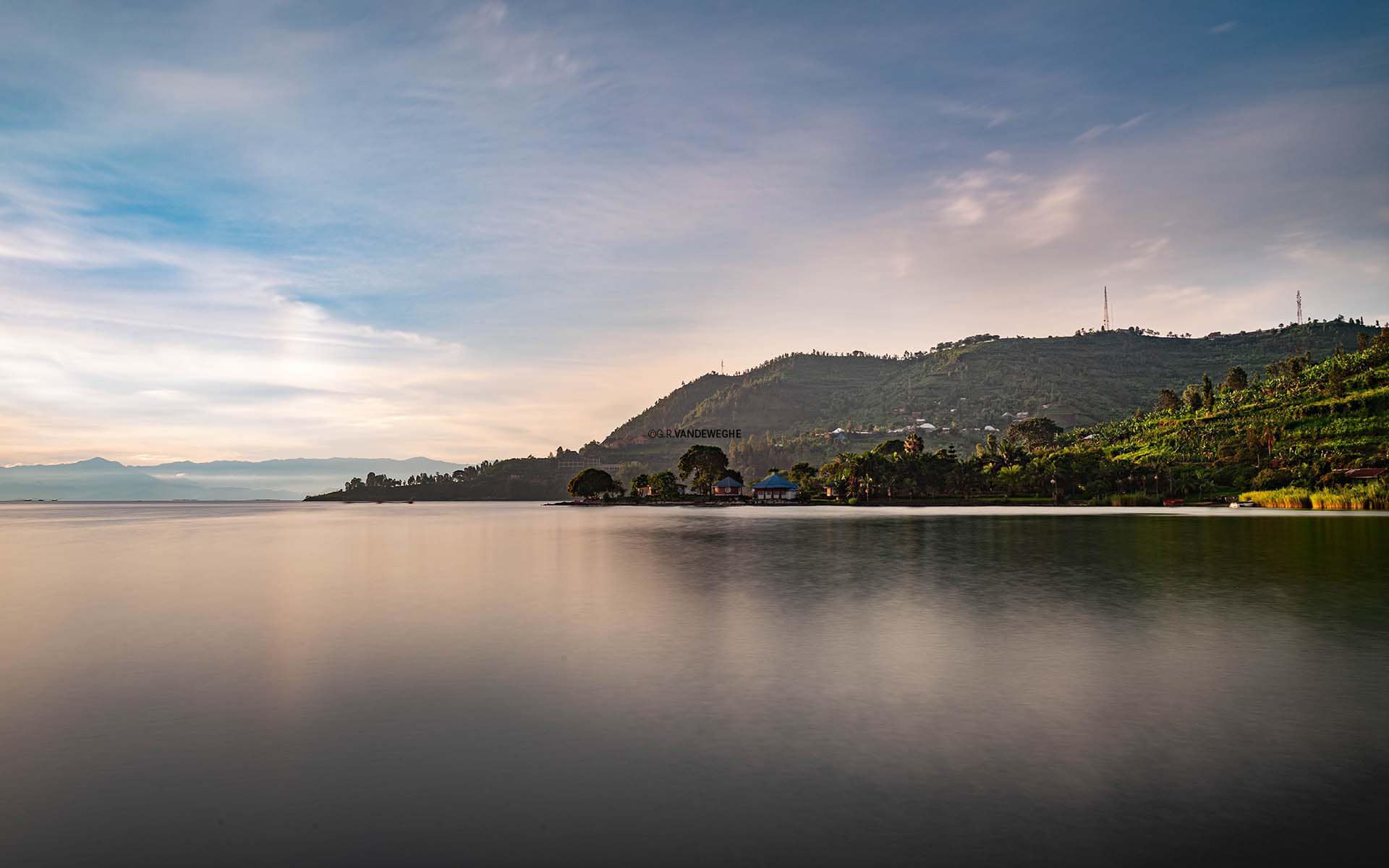Akagera Safari Game Drives: Best Time to See the Big Five in Rwanda Akagera Safari…

Come and explore the beauty of Akagera National Park
Akagera National Park is Central Africa’s largest protected wetland and the last remaining refuge for savannah-adapted species in Rwanda.
Akagera National Park, Rwanda, is almost unrecognisable today compared to over 20 years ago when it was on the verge of being irreparably degraded. The aftermath of the 1994 genocide against the Tutsi had a devastating impact on the environment, making its story of revival even more remarkable. In 2010, African Parks partnered with the Rwanda Development Board (RDB) to assume management of Akagera National Park, shifting the park’s trajectory to one of prosperity and hope.
From the beginning there was a clear joint vision: to transform Akagera from a depleted landscape overrun by more than 30,000 cattle into an income-generating park for the benefit of people and wildlife. Effective conservation law enforcement measures and strong community engagement formed the foundation for rehabilitation. After practically eliminating poaching in just five years, lion and black rhino were reintroduced between 2015 and 2017, and white rhino were introduced in 2021 in a conservation move to help protect the species. With sound wildlife conservation, Akagera is now home to thriving populations of wildlife, having grown from less than 5,000 in 2010 to almost 12,000 animals today.
Besides becoming a haven for wildlife, the park’s support for income-generating enterprises for local communities has grown remarkably and, together with revenue-sharing schemes, nearly US$1 million of economic activity flowed from the park into the surrounding communities in 2022. Today Akagera National Park continues its work with surrounding communities, bringing economic and social benefits, allowing the ecosystem and people to thrive together.


